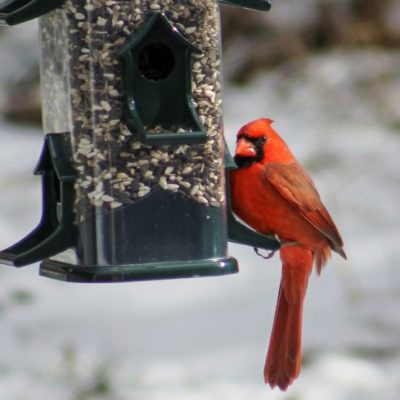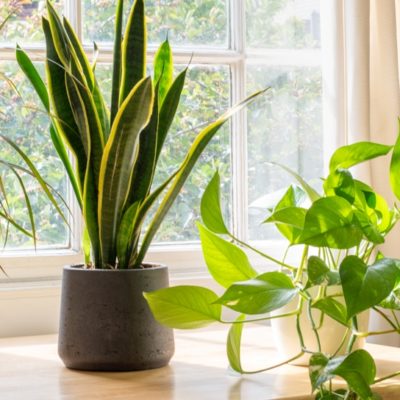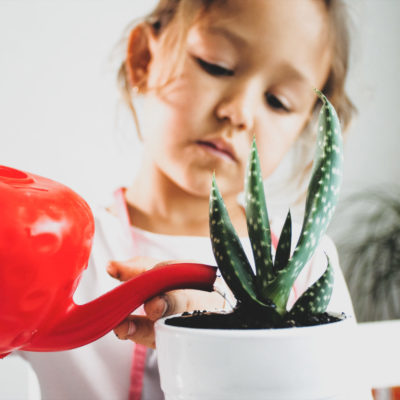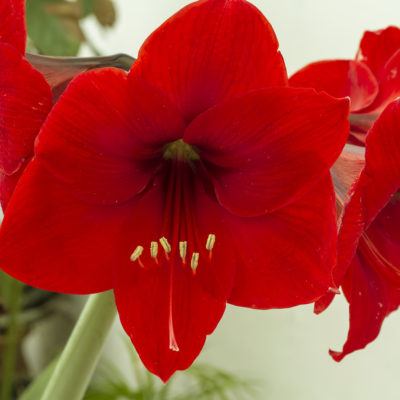
Dividing Perennials in Spring
Reasons to divide your Perennials (after they’ve had at least 3 years in the gardens to grow and establish):
– Rejuvenation: keep the plants looking full and lush
– Propagation: turn one plant into two or more to spread around your gardens
– Community: share your perennial bounty with your friends and neighbours!
Early spring flowering Perennials (varieties which bloom before mid-June) are typically best divided in early fall, while those that bloom after mid-June usually prefer to be divided in spring. Some exceptions to this rule include Peonies (divide in fall), Oriental Poppies (in summer), Bearded Irises (right after flowering every 3 to 5 years), and Oriental, Asiatic, and Tiger Lilies (mid- to late fall).
Many gardeners have also had success dividing their spring-flowering Perennials immediately after blooming; their flowering energy is lowered, and they have plenty of time to recuperate before fall frost. Other mid to late season Perennials like Hardy Grasses, Hostas, and Daylilies can easily recover from an early spring divide and may even bloom that same year.
How to Divide Perennials in Spring:
Once your plants start to show 1 to 2 inches of growth you can dig up the entire clump with a sharp spade, keeping about 4 inches away from the outer edge of the growing shoots.
Dig all the way around, then gently pry the clump out of the dirt; try to keep the roots intact. Some Perennials will be challenging to remove, while others may crumble/fall apart. You can loosen and remove extra soil by dropping the removed clump a few times.
To divide, you will need a sharp knife or spade; solid clumps like mature grasses may require an axe or hatchet.
Find a natural parting point where the roots aren’t as close together – use this as your dividing line.
Cut directly down the centre, from top to bottom, with your knife or spade. Repeat if there is another parting point to half it again. Each section should have shoots above the ground and roots below.
Woody roots from the middle of the clump can be cut away and composted, as they are typically weak and take longer to recover.
Plant your new sections at the same depth as the original planting, and water them regularly and deeply for the first growing year to make sure their roots get established.





